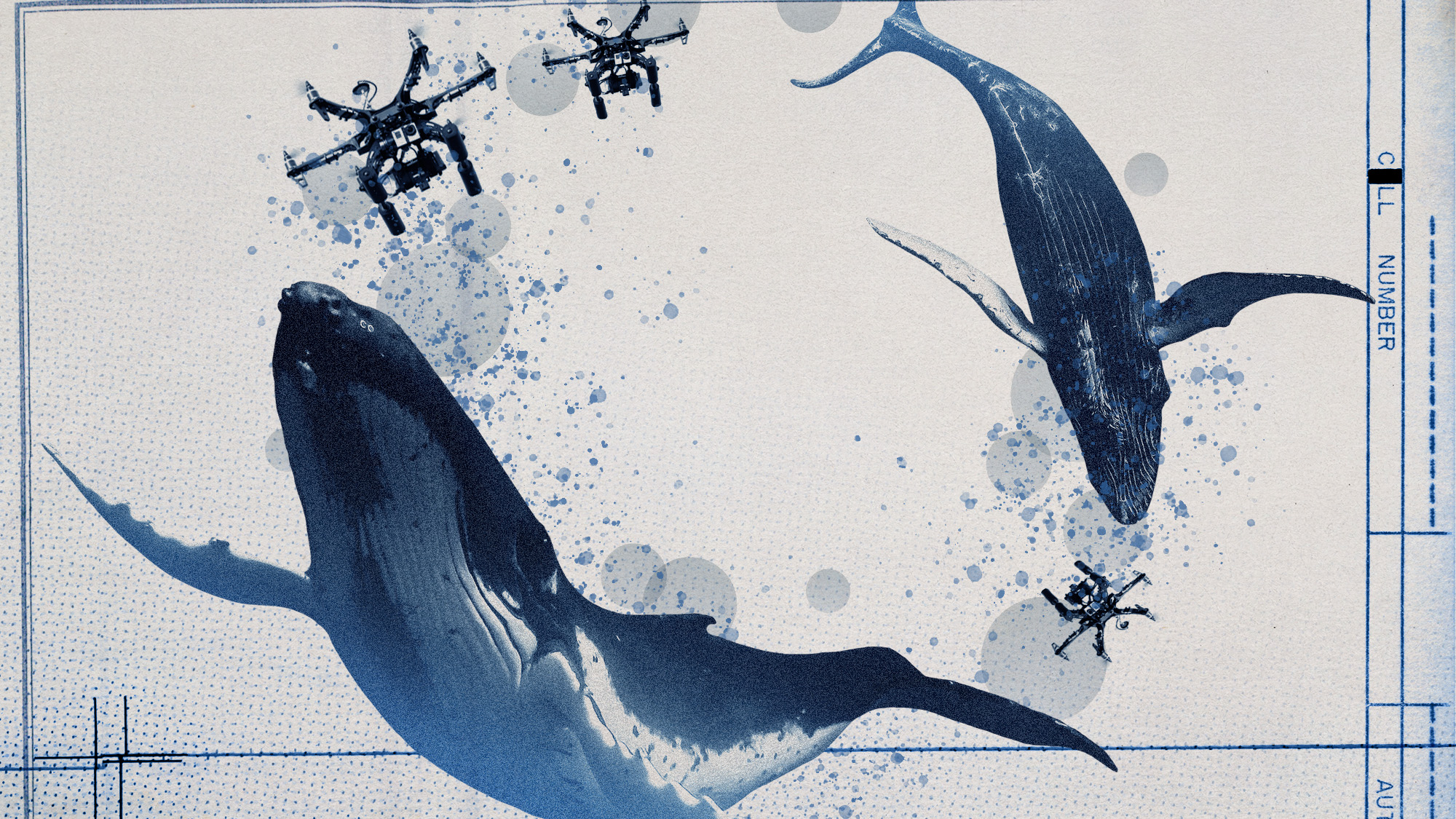Albrecht Dürer: Master Drawings, Watercolors, and Prints From the Albertina
The great achievement of this “stunning” exhibition is to remind us of the artist's humanity.
National Gallery of Art, Washington, D.C.
Through June 9
Albrecht Dürer’s work can seem too perfect, said Philip Kennicott in The Washington Post. The 15th-century German master’s remarkable woodcuts and engravings “have been with us so long” that their precision reads to us as almost inhumanly chilly. The great achievement of this “stunning” exhibition—the largest gathering of Dürer watercolors and prints ever shown in the U.S.—is that these more than 100 works remind us of this genius’s humanity. His most famous pictures were not “divinely revealed works,” it turns out, but “the product of toil and revision.” The insight we get into the artist’s process allows us to see so many new dimensions of his character, including his humor and his anxieties about his faith.
The Week
Escape your echo chamber. Get the facts behind the news, plus analysis from multiple perspectives.

Sign up for The Week's Free Newsletters
From our morning news briefing to a weekly Good News Newsletter, get the best of The Week delivered directly to your inbox.
From our morning news briefing to a weekly Good News Newsletter, get the best of The Week delivered directly to your inbox.
If Dürer also comes across as vain at times, “you can’t blame him,” said Holland Cotter in The New York Times. Even the first picture we see in the show is a revelation. Created by the artist at age 13, this drawing in silverpoint may be the first self-portrait in the history of Western art, and “if the young draftsman doesn’t get everything quite right, he still does a genius job.” Before he was 30, “he was the polymath star of what we now call the Northern European Renaissance,” too busy traveling and creating, you’ll suspect, to be much of a husband to the local girl he married in Nuremberg in 1494. But Agnes Dürer makes a couple of appearances here, and they’re telling. In a 1519 sketch that he used as a study for a major painting of St. Anne, the “cool-eyed,” slightly smiling Agnes is what she was: a middle-aged Nuremberg hausfrau, but also “a spiritual force” and the apparent source of the realness that so often accompanied the artist’s technical wizardry.
A free daily email with the biggest news stories of the day – and the best features from TheWeek.com
-
 How drones have detected a deadly threat to Arctic whales
How drones have detected a deadly threat to Arctic whalesUnder the radar Monitoring the sea in the air
-
 A running list of the US government figures Donald Trump has pardoned
A running list of the US government figures Donald Trump has pardonedin depth Clearing the slate for his favorite elected officials
-
 Ski town strikers fight rising cost of living
Ski town strikers fight rising cost of livingThe Explainer Telluride is the latest ski resort experiencing an instructor strike